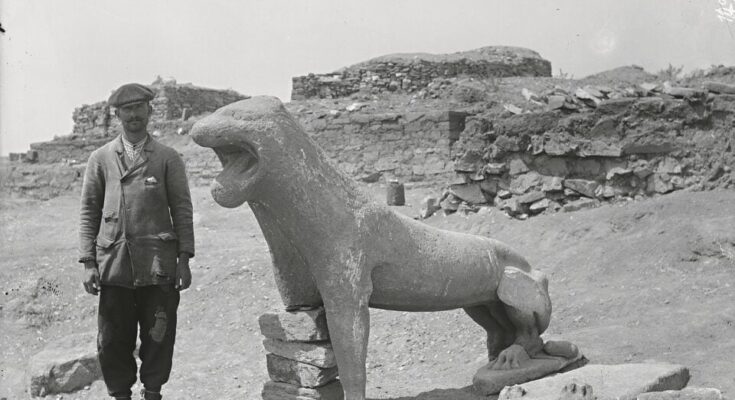An exhibition at the Archaeological Museum of Mykonos commemorates 150 years of research by the French School of Athens on the sacred island of Delos, which began systematically in 1873.
The exhibition showcases photos and rare archival materials, capturing the life of the archaeologists and workers who inhabited the site for long or short periods.
The exhibition, titled “Delos – Rhenia – Mykonos: Images from 150 years of Archaeological Research,” will run until December.
A book Delos 1873-1913 that accompanies the exhibition sheds light on the challenges facing the scientists and other skilled and unskilled workers who unearthed ancient monuments and artifacts in one of the most important mythological, historical, and archaeological sites in Greece.

Its claim as the birthplace of Apollo gave Delos a strong religious identity that lasted all the way until Byzantine times.
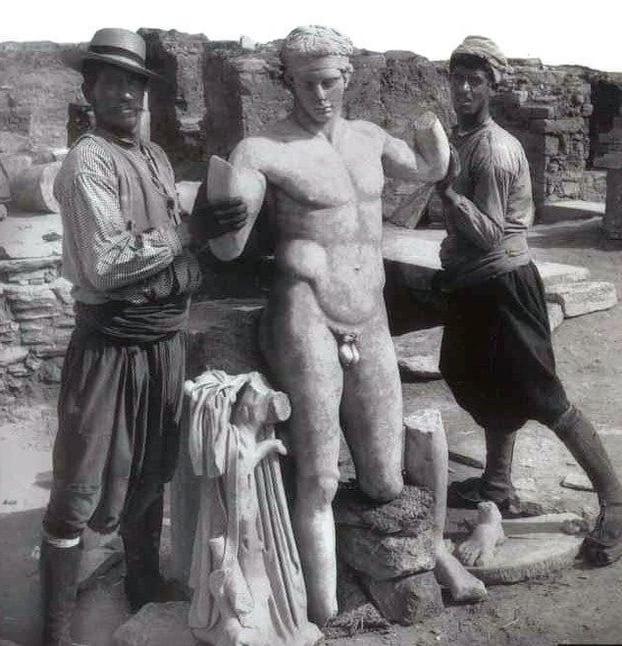
Over the centuries, Delos was truly a cosmopolitan center with a diverse population that included people from all around the Mediterranean, but in 88 BCE, the Romans razed the island during their war with Mithridates (an ally of the Athenians who controlled the island), a calamity Delos never recovered from.
Excavations began on Delos in the 19th century
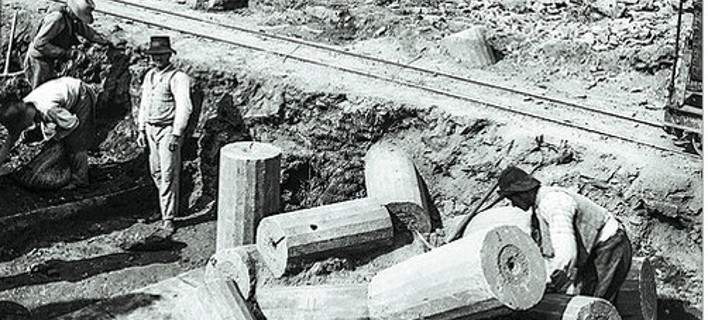
The French School of Athens (FSA) in 1873 sent archaeologist A. Lebègue to begin work on excavations on Delos.
Until the First World War, on the instigation of T. Homolle and then M. Holleaux, the emphasis was on the clearing of large areas in the Sanctuary zone and on the northern slopes of Cynthus. However, the rest of the island was not neglected.
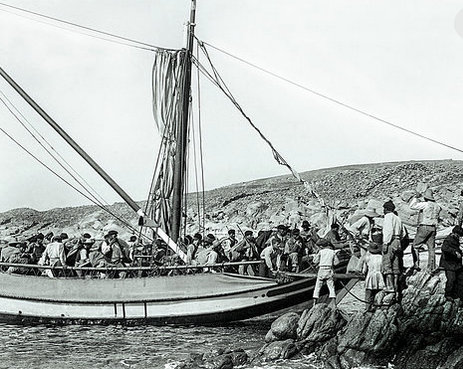
Several years apart (1894 and 1907), two archaeological maps of the island were drawn up while a study of its physical geography was successfully completed by the geologist L. Cayeux (EAD IV).
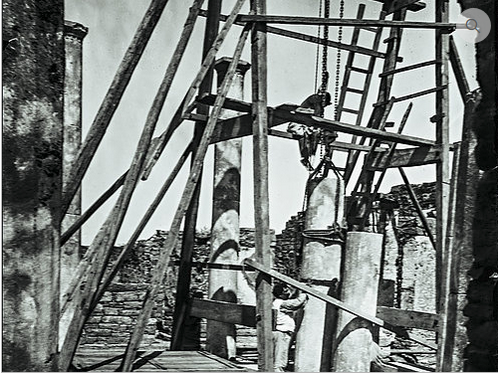
From 1903 onwards, the excavations enjoyed annual financial support from Joseph Florimont, Duke of Loubat (1831-1927), a rich American philanthropist and foreign corresponding member of the Academy of Inscriptions and Belles-Lettres.
This major contribution to work in the field was complemented in 1920 by the creation of a Greek epigraphy fund to support the institute from which the income was used for the publication of the Choix d’inscriptions de Délos by F. Durrbach (1921) and the Corpus des inscriptions de Délos.
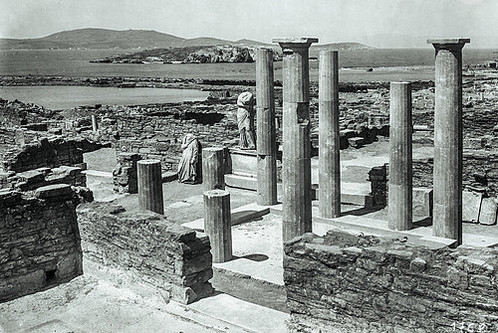
From the 1920s onwards, the efforts of the school’s members focused on the study of monuments, batches of equipment and inscriptions discovered in the previous decades, and exploratory research concentrated more on buildings than groups of monuments.
Today, the island maintains its serenity all to itself, as no one is allowed to stay overnight on the island except for caretakers and archaeologists who continue to uncover its ancient secrets. Those who would like to explore the island and pay tribute to its magnificent history are allowed to do so, but only as part of day trips.
The Greek Island of the Gods is linked by ferry to the island of Mykonos, with the trip taking a mere 45 minutes.
